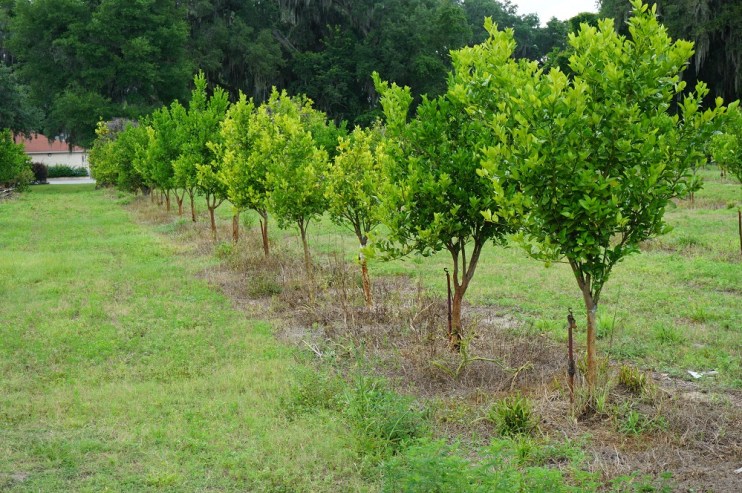
Using CRISPR technology to edit genes in citrus trees to be resistant to Huanglongbing (HLB) can be a slow process, but researchers are making progress. Postdoctoral Scholar at UC Riverside, Karl Haro von Mogel is about nine months into a four-year project and so far, has isolated the tissues from multiple citrus varieties which will have the potential to grow into trees after the editing is completed.
“What I’m working on at the moment is separating out those tissues and getting individual cells called protoplasts,” Haro von Mogel noted. “We’re going to do the editing in those cells, so then all of the cells in the plants that grow from that come from those edited cells so you don’t have mixtures of edited and non-edited, which would be called a chimera, which is something you don’t want. You don’t want part of your tree to be resistant and the other part not.”
Haro von Mogel said he and his team will be making plans for the next step in the editing process. “Even then, if we succeed it will still take a while to get these trees approved and ready for farmers and make sure there are no side effects,” Haro von Mogel said.
Listen to the report below.










